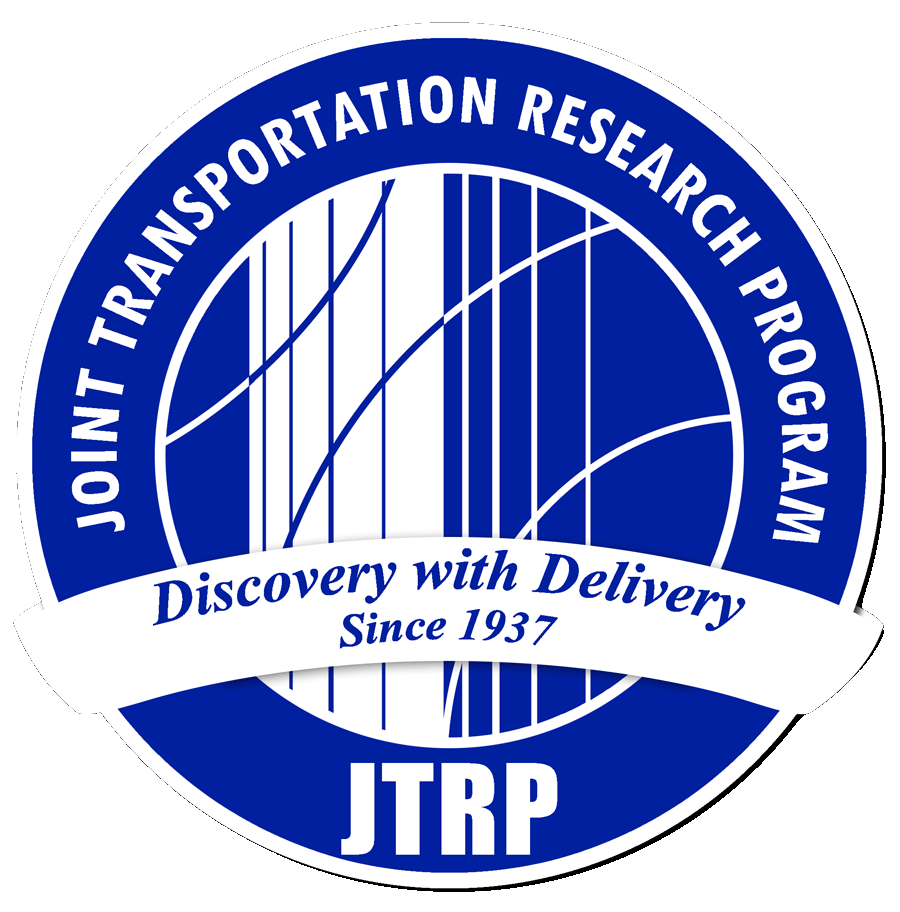Abstract
Various highway projects, roadway safety, and maintenance all hinge on pavement friction. INDOT's pavement friction test program has played a crucial role in addressing issues like wet pavement crash reduction, durable pavements surface friction, and sustainable aggregates. However, changes in the transportation sector, allied industries, societal needs, and economics present unique challenges that require proactive solutions. First, the existing field friction testing method, which uses a locked wheel skid tester (LWST) is limited to straight, flat pavement sections and excludes crash-prone areas like horizontal curves. Upgrading the program to cover horizontal curves on two-lane rural highways is vital for road safety. Second, the demand for friction testing on pavement markings at crash sites is rising. There's currently no widely accepted standard method for national-scale pavement marking friction testing. The shift to wider longitudinal pavement markings, from 4" to 6", driven by both human and autonomous vehicle safety, presents challenges for motorcyclists and pedestrians. The third challenge focuses on Color Surface Treatment (CST), which is increasingly used in Indiana bus and bike lanes for visibility, lane discipline, and friction performance, especially under frequent bus acceleration and braking. However, a lack of laboratory and field data necessitates investigating CST's metrics and requirements for adequate friction. Advancing INDOT's friction testing program to cover the entire highway system and address emerging friction challenges is imperative. The goals of this study included enhancing INDOT's friction testing, ensuring comprehensive highway network coverage and providing reliable friction data to help INDOT address safety concerns. The research encompassed a thorough evaluation of various aggregates and pavement marking materials commonly used in Indiana through laboratory experiments, field tests, and data analysis to unveil their influence on pavement friction. Field friction measurements on colored bus and bike lanes were also conducted and thoroughly analyzed. Moreover, the tire-pavement interaction on horizontal curves was assessed on airport runways and highway sections through mechanistic-empirical analysis, and a friction testing model for horizontal curves was devised using finite element analysis and machine learning methodologies.
Keywords
road safety, friction, pavement marking, aggregate, color surface treatment, bus lane, bike lane, horizontal curves, finite element analysis, machine learning, color surface treatment, pavement marking
Report Number
FHWA/IN/JTRP-2024/09
SPR Number
4646
Sponsoring Organization
Indiana Department of Transportation
Performing Organization
Joint Transportation Research Program
Publisher Place
West Lafayette, Indiana
Date of Version
2024
DOI
10.5703/1288284317734
Recommended Citation
Bao, J., Hu, X., Peng, C., Duan, J., Lin, Y., Tao, C., Jiang, Y., & Li, S. (2024). Advancing INDOT’s friction test program for seamless coverage of system: Pavement markings, typical aggregates, color surface treatment, and horizontal curves (Joint Transportation Research Program Publication No. FHWA/IN/JTRP-2024/09). West Lafayette, IN: Purdue University. https://doi.org/10.5703/1288284317734


